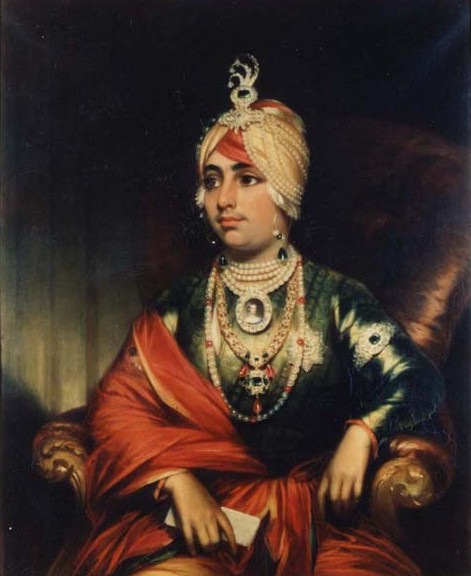As the world’s
sportsmen (and women) vied for Olympic medals in Sochi earlier this month,
needlework was also going for gold in London. Christie’s, the auction house, organized “Eyes Wide Open”, an
exhibition, then sale, of works by 14
Italian artists from the Arte Povera (“Poor Art”) movement from the 1960/70s. The “poor”, in Arte Povera,
alludes to the mundane materials that the artists adopted: plastic, ballpoint
pens, blankets, and needle and thread.
Among the
38 items Christie’s auctioned were three embroidered panels attributed to Alighiero Boetti, but stitched by Afghangan women in
the 1970s. Sorry no pictures available,
but you can click through to see them.
- Addition realized £1,706,500 or $2.8 M
- Subtraction realized £1,538,500 or $1.8
- Mappa realized £866500 or $1.4M
As amazing
as these prices are, they did not set a world record for a Boetti’s embroidery.
Another in his series of maps, or Mappa, sold in June 2010,
for £1,833,250. Incidentally, the prices do not include the auction house
commission and the royalty due the Boetti foundation. How much? Think in terms of another 20-30%, perhaps,
plus value added tax. That is mind boggling.
Beyond
aesthetic and technique, what draws me to Boetti’s (1940-1994) embroideries is
their ability to elevate the craft of stitching into an art form which is
recognized in our life time.
Boetti’s
works offer an insight into the contemporary relationship between artist – the
person with the idea-- and the artisan –the fabricator. These are two separate
talents that come together in a single piece. Neither can do without the other
to the same effect.
In Boetti’s
case, concept is not synonymous with “design”.
Ultimately, he had hundreds of embroiderers working on his commissions.
Sometimes, he did not offer them precise instructions. One instance of Mappa appears on a pink sea, because the Afghan
embroiderers had a large supply of rose colored wool. Boetti seems to have liked the effect. Over
time, he left gaps in his drawings on linen to give the embroiderers the
opportunity to incorporate their own ideas. They obliged him with verses in
Arabic script. Boetti could not predict the ultimate outcome of his pieces, but
his concept, i.e. unpredictability, remained intact. So “perfect” stitching is
not the same as “interesting” embroidery, or even art embroidery. I must remember that!
I am not
sure that I comprehend why Boetti’s works command such high prices, four times
what the experts estimated. This is the
mystic of the art world. Many are called, few are chosen. But that
contemporary works in thread are right up there in value with those painted on
canvases has to be good for promoting embroidery among a wider
public, who follows trendsetters. Put another way, perhaps it is more
appropriate to say, that the clamor for the Boetti embroideries subverts the notion
that needlework is valuable (or worthy) only if it is a couple of centuries old.
Hooray
for that.
I am irked
by embroidery’s designation as “textile art”. This smacks of separatism, as if
embroidery, as a means of expression, doesn’t belong among art’s mainstream
techniques. That it, somehow, can’t cut it. While researching Boetti, I was
delighted to discover that the Museum of Modern Art in New York, which owns a
number of Boetti embroideries, has cataloged them as paintings. Now that’s an achievement worth a couple of
million pounds/dollars, don’t you think?







